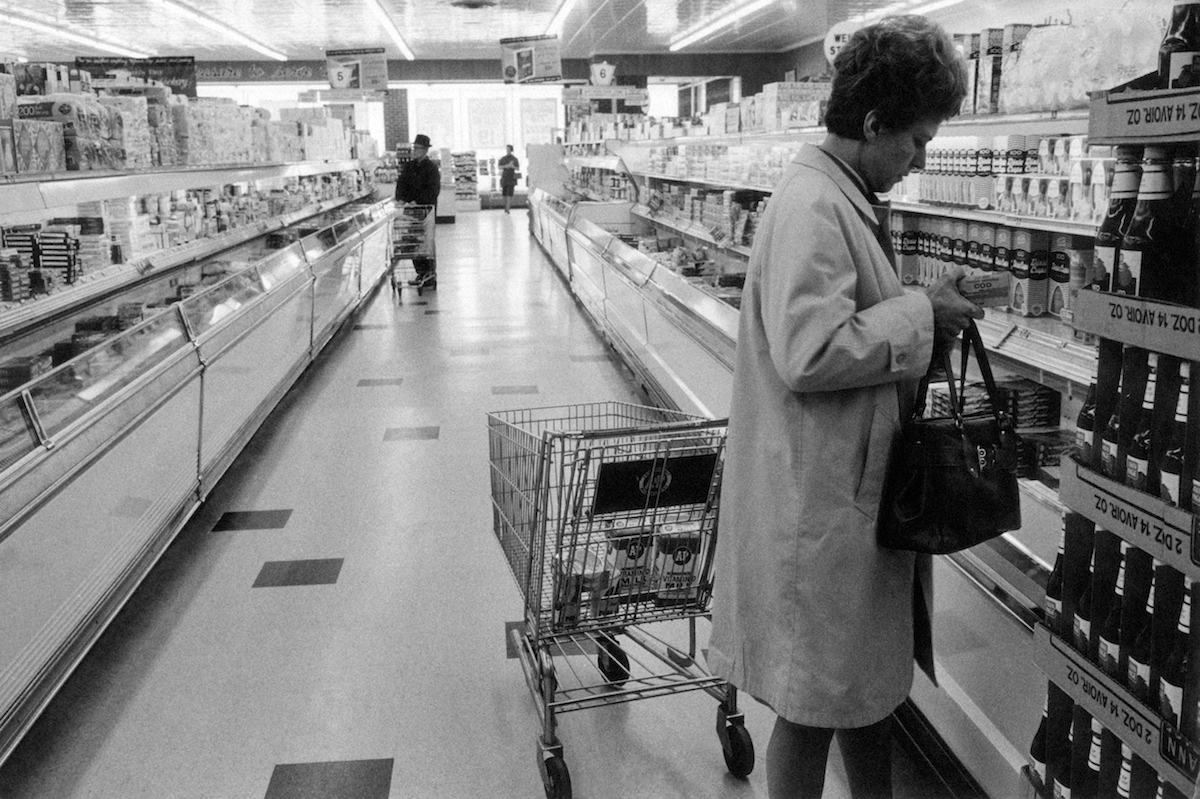
The number of American households facing food insecurity is down, according to a new U.S. Department of Agriculture report. Released on Wednesday, the report found that in 2015, 12.7% of households struggled, at some point during the year, to get enough food. That number—15.8 million households—represents a decline from the 14% who faced that problem in 2014, though hunger remains more of an issue than it was before the Great Recession.
As food security increases, it’s worth remembering that the modern effort to end hunger in America is newer than might be supposed. Getting enough to eat is an age-old human problem, but the way hunger has looked in the U.S. over recent decades helped mainstream politics ignore the problem for a long time, TIME’s archives reveal. During the Great Depression, as the nation suffered, it had not been a stretch for anyone to imagine that Americans were going hungry. After the post-World War II boom, however, many interpreted widespread prosperity to mean that the matter of food security was not a problem.
A change in that attitude was signaled in May of 1969, when President Richard Nixon addressed Congress with a message that exposed the problem:
We have long thought of America as the most bounteous of nations. In our conquest of the most elemental of human needs, we have set a standard that is a wonder and aspiration for the rest of the world. Our agricultural system produces more food than we can consume, and our private food market is the most effective food distribution system ever developed. So accustomed are most of us to a full and balanced diet that, until recently, we have thought of hunger and malnutrition as problems only in far less fortunate countries.
But in the past few years we have awakened to the distressing fact that despite our material abundance and agricultural wealth, many Americans suffer from malnutrition. Precise factual descriptions of its extent are not presently available, but there can be no doubt that hunger and malnutrition exist in America, and that some millions may be affected.
That hunger and malnutrition should persist in a land such as ours is embarrassing and intolerable. But it is an exceedingly complex problem, not at all susceptible to fast or easy solutions.
Nixon promised to revamp the Food Stamp program to make sure it covered adequate nutrition, to consider establishing a new federal agency to focus on hunger and to call on the private sector to help.
Get your history fix in one place: sign up for the weekly TIME History newsletter
And, late that year, the White House Conference on Food, Nutrition and Health was convened, producing a resolution demanding that President Nixon “must immediately declare that a national hunger emergency exists” and implement programs to fix the problem for the estimated 15 million Americans facing food insecurity, including the institution of a minimum guaranteed income.
By the end of the conference, however, TIME was reporting that—though it had been helpful for advocates to discuss their priorities—it seemed unlikely that Nixon would expand the priorities he had already established.
And, in fact, despite his promises, things got worse. By mid-1974, shortly before Nixon resigned in the wake of Watergate, the U.S. was fully in the grip of a food crisis: prices were way up, especially on staple foods. “The price of dried beans, for example, has leaped an astounding 256% since December 1970, while rice has jumped 124%,” TIME noted.
By the time the 1980s arrived, after the rough economic years of the previous decade and with the rise of a small-government ethos, the chance to solve hunger seemed to many to have slipped away. A 1984 Reagan Task Force on Food Assistance drew mockery and anger from the activist community for its resolution that, despite widespread evidence of specific instances of hunger, they were “not able to substantiate allegations of rampant hunger.” (As TIME pointed out, several of the people on the task force had helped shape the budget that had recently cut food aid to Americans.)
But, though the programs of the 1970s had failed to solve the problem of hunger in America, one thing had changed: the idea that hunger couldn’t exist on a wide scale in the land of prosperity had been banished. Americans knew that food insecurity was a problem—case in point: the millions who joined hands in 1986’s Hands Across America event to raise money for the American hungry—and, as Wednesday’s report shows, that it was far from solved.
More Must-Reads from TIME
- Where Trump 2.0 Will Differ From 1.0
- How Elon Musk Became a Kingmaker
- The Power—And Limits—of Peer Support
- The 100 Must-Read Books of 2024
- Column: If Optimism Feels Ridiculous Now, Try Hope
- The Future of Climate Action Is Trade Policy
- FX’s Say Nothing Is the Must-Watch Political Thriller of 2024
- Merle Bombardieri Is Helping People Make the Baby Decision
Write to Lily Rothman at lily.rothman@time.com